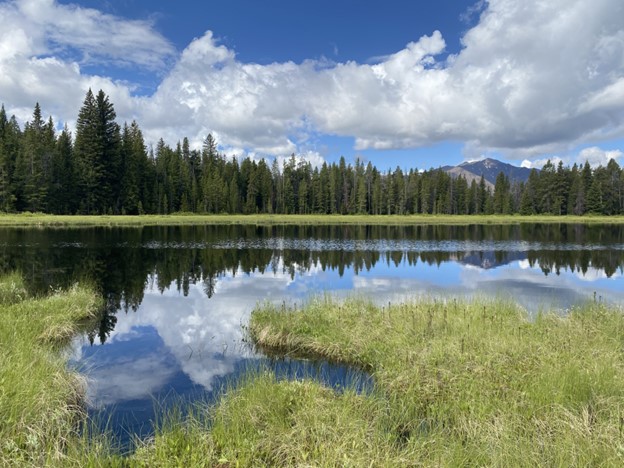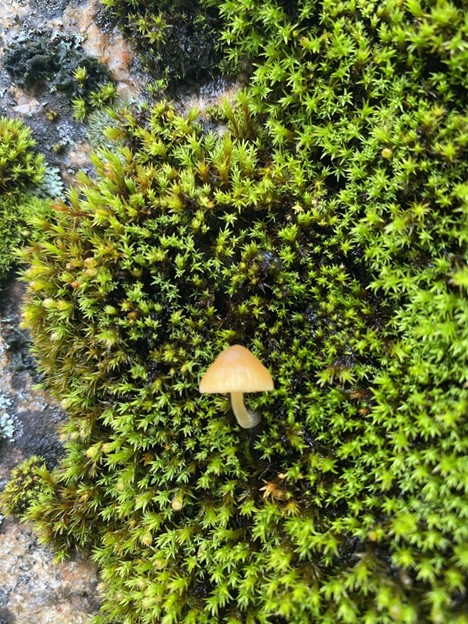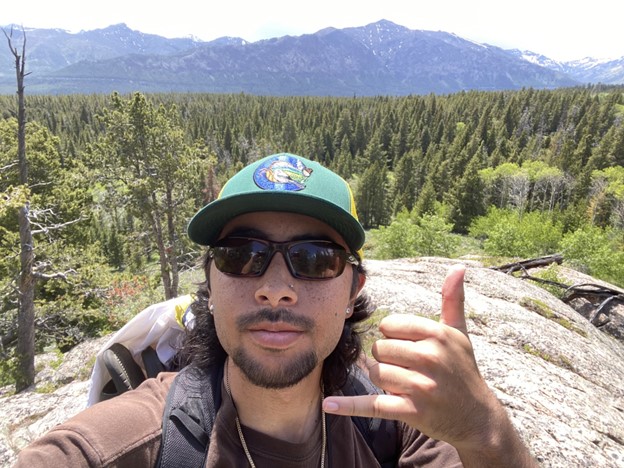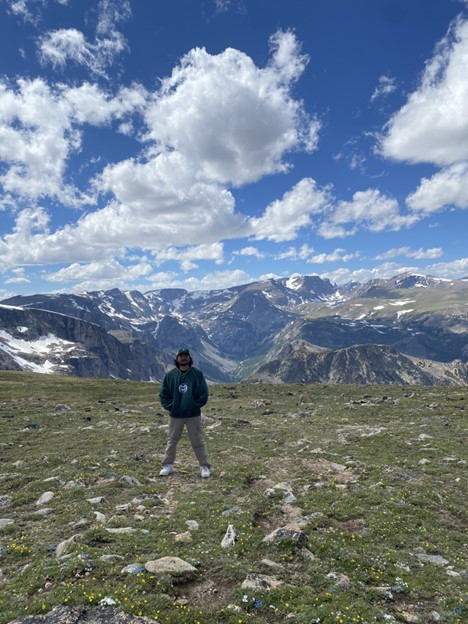Hi, I’m Elias Castaneda and I’m going to be a fourth-year undergraduate student at Colorado State University. I will be graduating in the spring with a degree in Fish Wildlife and Conservation Biology, with a concentration in Wildlife Biology. I’ve always had an interest in wildlife and the outdoors but believe it or not I planned on being an engineer for the majority of my life, partially because I thought I had to do something that would help me make money. I even went to a high school with an engineering program, and it took that for me to realize that although I enjoyed it, it wasn’t something that I wanted to do the rest of my life and I’d rather do something I was truly passionate about. Looking back on my decision to pursue wildlife biology, I wouldn’t want it any other way. My love for animals began at a young age and was kickstarted by a man you may recognize named Steve Irwin. As an elementary-age kid, I used to wake up early on school days just so I could watch old reruns of The Crocodile Hunter on animal planet. There was something so captivating about the way Steve spoke about the animals he was interacting with, he spoke about them in a way I’d never heard before. No matter if the animal was a 15-foot crocodile or a little koala, Steve spoke about them as each deserve the same respect and love, even if one of them wanted to kill him. Steve Irwin was truly the first person to put natural conservation ideals in my head, and from that moment on I was hooked on learning all that I could about every animal that caught my interest.
Shoshone National Forest with EEC
Over the summer I was able to participate in several projects through CNHP but nothing quite as amazing as my trip to Shoshone National Forest working with Elliot Environmental Consulting. I’d never been to northwestern Wyoming before, so seeing those mountains and landscapes for the first time was truly breathtaking. During my time in Shoshone, I conducted rare plant surveys, made species inventories, and keyed out plants with Brian Elliot and his field technicians. A basic description of our work was that the Forest Service sent us areas where there was proposed work to be done, and it was our job to make sure they wouldn’t be interfering with any rare species of plant that might be inhabiting their work areas. These work areas ranged anywhere from 10 acres to 400 acres! These areas were given to us in polygon shapes on our GPS devices and we had to walk in a back-and-forth pattern across the polygon, as if we were mowing the lawn, to ensure we efficiently covered most of the area.
Not only were we looking for a list of 50 different rare plants the entire time we were conducting these surveys, but we were also taking account of every species we came across as well as taking samples of any species we were unsure of. There were hundreds of species that we came across in our time there and it would have been virtually impossible to know every single one of them, even for pros like Brian Elliot that had been doing work like this for decades. Due to that, I became very familiar with a plant key and how to use one, as well as the terminology that is used to describe plants and their attributes. It truly isn’t as hard as you think once you get the hang of it and I found some entertainment in trying to key things out just because the more you go through the key the more you realize how different every single plant species is, even if they’re in the same genus or family.
Overall my experience in Shoshone was one that I’ll never forget. Although some times were rough, like hiking 10+ miles a day up and down mountains, getting 50 misquote bites a day even after putting on bug spray a billion times, or having to constantly worry about a potential bear encounter, I still wouldn’t have wanted to go anywhere else. I gained invaluable knowledge about plants, the ecosystems they live in, and how to describe them, all while getting to camp in the most beautiful landscape I’ve ever visited. This trip was truly the highlight of my summer.








